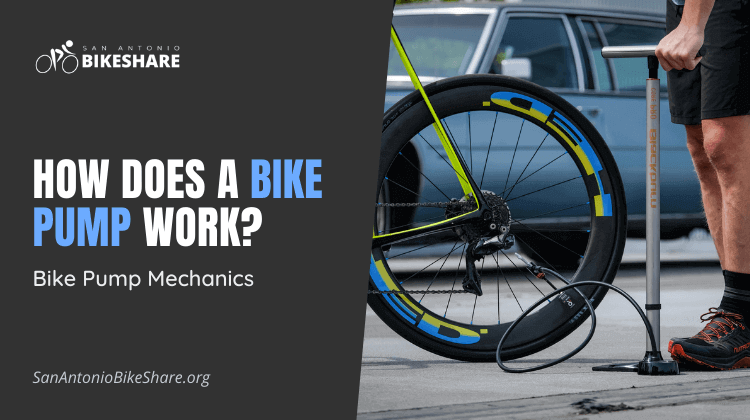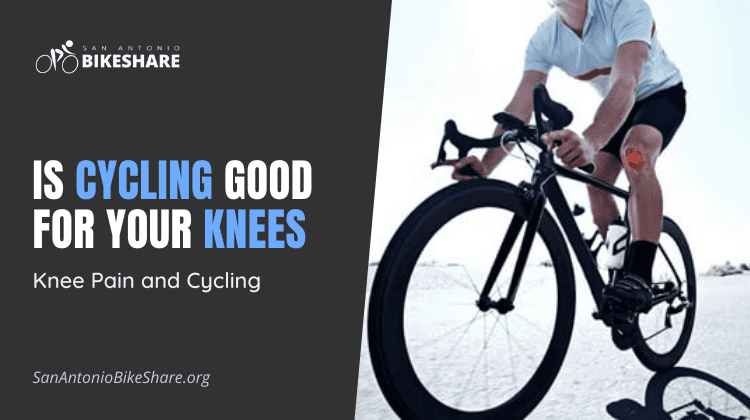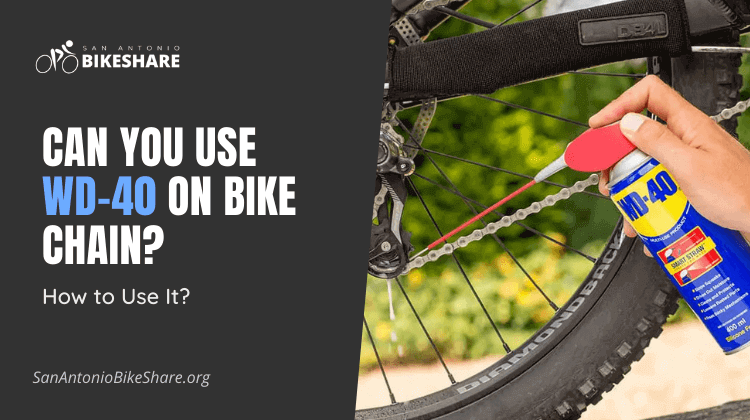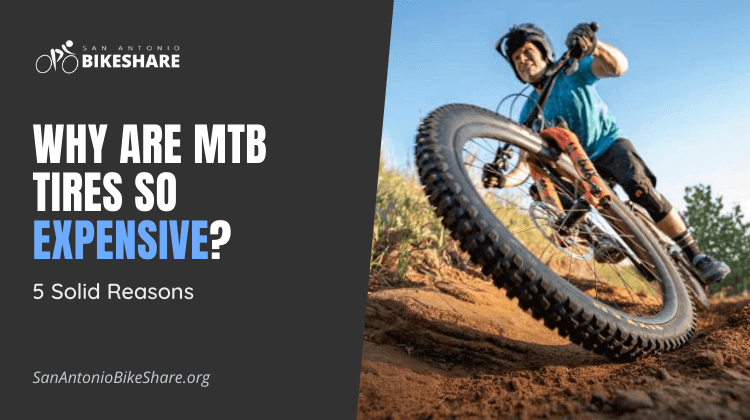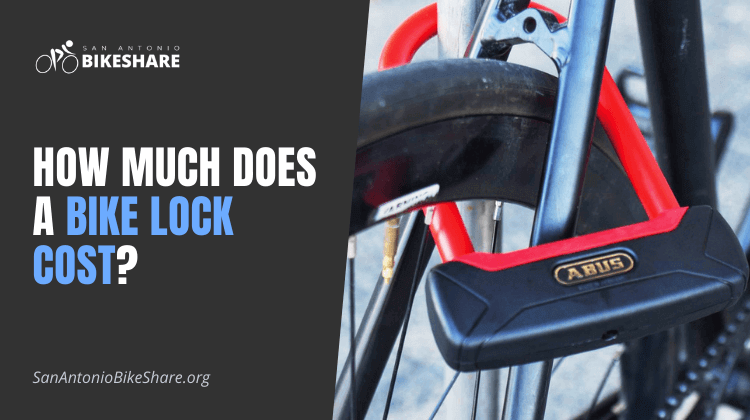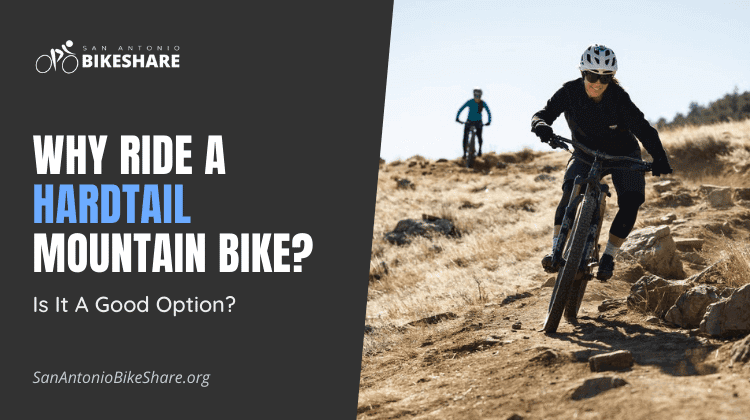How Does a Bike Pump Work? Bike Pump Mechanics
This article will discuss how does a bike pump work? Let’s explore.
Any bicyclist will attest to the necessity of a bicycle pump. The amount of pressure in your tires affects how well your bike performs and how enjoyable your ride is. But how does a bicycle pump function?
This cutting-edge technology comes in a range of settings to fit the demands and preferences of all types of riders.
The purpose of all bicycle pumps is to inflate your tires. There are a variety of ways to accomplish so, as well as a variety of products that can help riders do so.
If you are looking for answers to the question “how does a bicycle pump work?” You have come to the right place.
How Does a Bike Pump Work?
How does a bicycle pump work? Let’s dig into this question.
A bicycle pump is used to pump air into a tire so that it can be filled to the proper pressure. This can be accomplished manually or with the assistance of a pressurized air system.
Bike pumps that are operated manually are simple to use and do not require electricity. Pumps for the floor and hand (or micro) pumps are two examples. A compressed air pump, on the other hand, quickly inflates your tires using CO2 or another gas cartridge.
The most popular type of bike pump is the floor pump, but it’s a good idea to know how to operate a range of pumps so you’ll be prepared for scenarios where you’ll need to use whatever is available. Flat tires never seem to appear when you least expect them.
Bike Pump Mechanics
The majority of bicycle pumps operate in a similar manner. We’re essentially dealing with an air piston when it comes to manual pumps. A piston is a cylinder that draws air and then violently releases it in a controlled direction. Pistons are found in a wide range of mechanical systems, including car engines.
An intake valve draws air into the cylinder when the handle of a pump is raised. A valve is a one-way street when it comes to gas. The air comes in, but it cannot leave. The pump handle is attached to a plunger within the cylinder. When the plunger is depressed, the air is pumped out of the cylinder and into the tire by an output valve or hose opposite the intake valve.
Types of Bicycle Pumps
Bicycle pumps are available in many designs. Each may be better suited to various scenarios or depending on the demands of the rider.
Floor pumps are usually the most efficient and precise. These are the tall, upright pumps with top handles and bottom feet shaped like the letter “I.” By holding the pump in place with their feet and pulling up and down on the handle, the rider may modify the airflow.
Hand pumps are smaller and more portable, making them excellent for traveling. Until a floor pump is available, these are typically used as a backup or complement.
A compressed air pump saves you time and effort by using a prefilled gas cartridge to draw air into and out of the piston. However, after a cartridge has been used up, it must be replaced, whereas, with a manual pump, replacement cartridges are not required on a regular basis.
When the required pressure is reached, a gauge on a good pump will indicate it. Some pumps can interface with a smartphone app to provide a precise pressure gauge through the internet.
Types of Valves
Your air pump’s output valve should match the fill valve on your bike wheel. Valves come in a variety of shapes and sizes, so keep that in mind. The most prevalent are Schrader and Presta.
Schrader
Schrader valves are typically found on mountain bikes and beach cruisers. They’re usually rubber-coated and have the same circumference all the way down, with the threading exposed at the end. Press a spring-loaded pin in the center to add or release air.
Gas stations include pumps that can be used to fill tires with Schrader valves.
Presta
Presta valves have a tapered tip and are long and thin. Threading flows from the tip to the bottom. Before the pump can be attached, a nut at the entrance must be unscrewed. Because they can hold greater pressure for less road resistance, these are most typically found on road and performance bikes.
Both valves (where the pump’s hose attaches to the tire valve) are accepted by many pump heads nowadays. Some models have adaptors for other inflatable items, such as pool toys. These convertible pumps are available in a number of styles.
- On dual heads, both ports might be found side by side or stacked one on top of the other.
- Pumps with reversible heads or interchangeable adaptors are available.
- Adjustable heads can adjust themselves to the valve they’re connected to.
How Much Pressure Should You Add?
Psi (pounds per square inch) is a pressure measurement unit (psi). The right psi depends on a variety of factors, including tire type, terrain, and the rider’s preferences.
The recommended pressure range is typically marked on the tire’s sidewall. Within that range, you may want to use more or less pressure.
High-pressure tires are stiffer and have lower rolling resistance. Riders that wish to emphasize speed might prefer more pressure in the tires. A greater psi is recommended for smooth trails and paved roads. When narrow tires are pumped to a higher pressure, they perform better.
Tires with lower pressure grip the road better and absorb more load. Riders who want a more comfortable ride but are prepared to trade speed may benefit from a lower psi.
For most riders, the perfect balance of comfort, speed, grip, and resistance is found in the middle of the recommended psi range. Each rider, each bike, and each path are, of course, unique. Finding the right psi may take some trial and error, and it may vary from ride to ride.
Conclusion
Hopefully, you would have gotten the answer to the question: “How Does a Bicycle Pump Work?”
A reliable pump is a must-have for any serious bicyclist. Because of its effectiveness and ease of use, many people prefer an excellent floor pump. A primary floor pump plus a smaller hand pump for when you’re on the go is always a nice idea.

